

Callistemon is a little shrub that’s both original and very ornamental.
Key facts to remember
Name – Callistemon citrinus
Family – Myrtaceae
Type – Shrub
Height – 3 to 10 feet (1 to 3 m)
Exposure – full sun and part sun
Soil – ordinary
Foliage: Evergreen
Blooming – summer
Care, from planting to pruning and watering, are the basic steps that will help your callistemon grow lush.
It’s only possible to grow callistemon in areas with mild climates in winter.
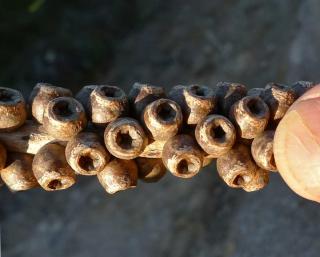
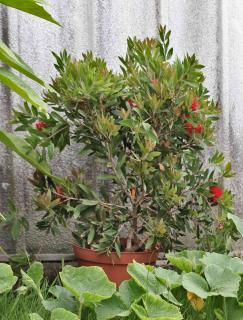
Callistemon is easily propagated through cuttings.
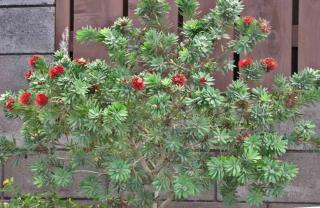
To keep a compact appearance, prune the year’s new shoots back to half their length after the blooming.
In summer, eliminate fruits as they form because this uselessly tires the plant, and cut wilted stems.
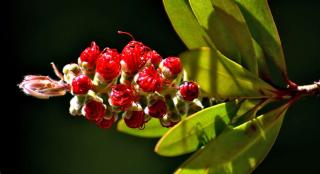
Once it has settled in properly, callistemon can tolerate drought, but you can still go ahead and water from time to time to promote blooming.
Potted callistemon needs to be watered regularly, as soon as the surface soil is dry.
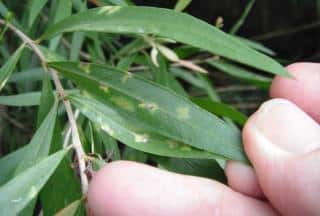
The bearing of this shrub with abundant and original blooming is magnificent. Another name for it is bottle-brush, due to the fact that the flowers look uncannily like that kitchen utensil!
Native to Asia and to South-East Australia, it is inclined towards rather warm climates when grown directly in the garden, but will adapt well to lean-ins and other greenhouses when potted or in containers.
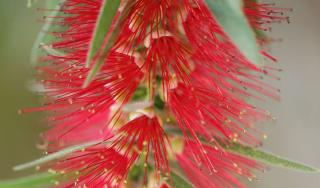
The name itself, “Callistemon citrinus”, comes from ancient Greek, and refers to the beauty of its stamens and to the fragrant lemon-like scent of its flowers.
You must water regularly in summer but not too much, taking care to water in the evening to reduce evaporation.